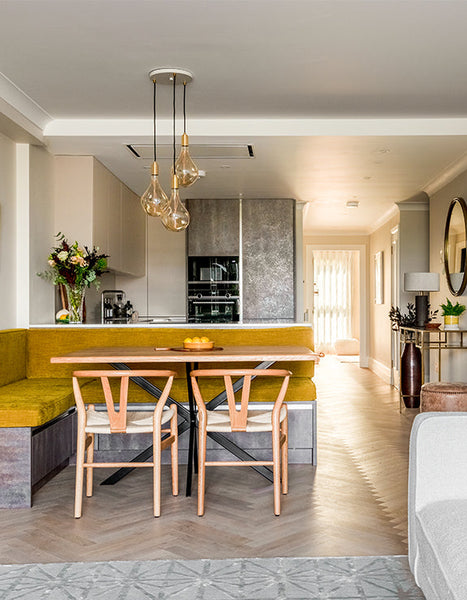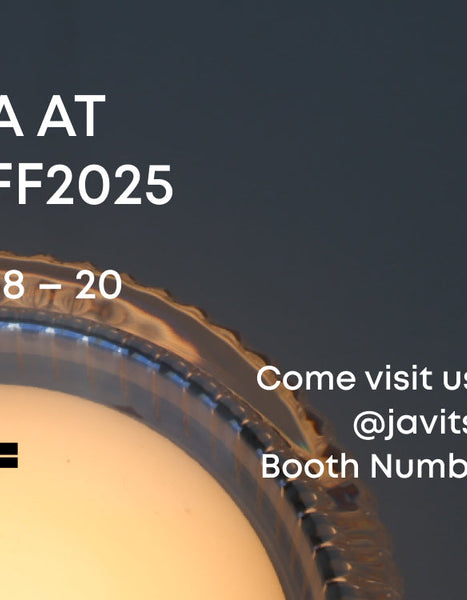Up to 25% off with Tala Pro | Explore benefits Details
Just launched | Wake Sleep Light Details
Free shipping over €250 | Read more Details
We are a certified B Corp™ | Read more Details
Something went wrong, please contact us.

Decorbuddi was founded in 2019 to combine the highest quality of skill and expertise with a flexible and friendly service, to help people to create individual homes and gardens, for improved wellbeing and increased property value.

Decorbuddi was founded in 2019 to combine the highest quality of skill and expertise with a flexible and friendly service, to help people to create individual homes and gardens, for improved wellbeing and increased property value.

In May, Team Tala will exhibit at the International Contemporary Furniture Fair during New York Design Week.